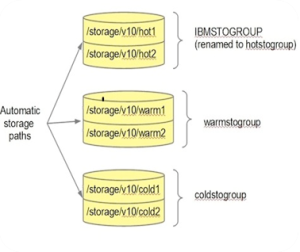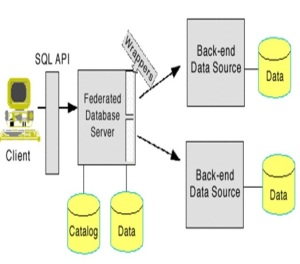This post is reference to my presentation in the Grand Finale of DB2’s Got Talent 2014 at DB2Night Show season. This was my last presentation in this season and the show theme was DB2 Success Story. I have selected one of my favourite topic i.e. Federated Database Performance. I have been working on the Federated setup since last 1.5 years. I faced many performance issues on production for which resolutions were difficult that is the reason I spent most of my time in searching and learning different ways for performance improvement in such distributed systems. I had given the presentation on Federated Query performance before on The DB2Night Show #128. This one is the extension of my previous presentation. You can check out the Federation basics and recap of the Episode #128 presentation at this link.
I discussed how distributed data across multiple databases can be accessed using the Federated database systems. Also specified the components of the federation like wrappers, servers, nicknames etc. Here are the few steps to setup the federated database.
CREATE WRAPPER NET8
LIBRARY ‘libdb2net8.a’ ;
CREATE SERVER ora_server TYPE oracle
VERSION 11.2.0 WRAPPER net8
OPTIONS (NODE ‘ORCL’);
CREATE USER MAPPING FOR userName
SERVER ora_server
OPTIONS (REMOTE_AUTHID ‘username’, REMOTE_PASSWORD ‘pwd) ;
CREATE NICKNAME ora_emp FOR ora_server.scott.emp;

